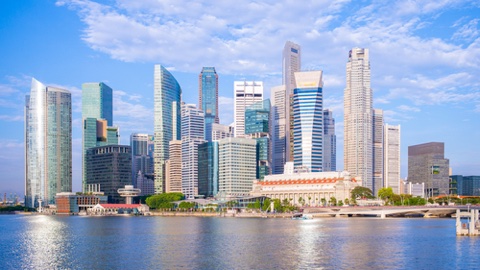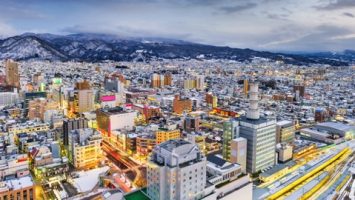
The French energy company Engie SA – along with Singapore’s Nanyang Technological University and France’s Schneider Electric SE – is helping build a small, self-contained power grid on Semakau Island – a small island off the southern coast of Singapore – to demonstrate the usefulness of hydrogen gas in converting intermittent power from solar panels and wind turbines into stored fuel that can generate electricity when the need is higher.
Hydrogen storage is basically a three-step process: electricity powers a chemical process known as electrolysis that splits water into hydrogen and oxygen. The hydrogen is then stored until it’s needed, and is then pumped through fuel cells to generate electricity. The primary problem researchers are facing is the commercial viability of the electrolysis process.
“Electricity costs are a major component of the total expense for hydrogen production,” said I-Chun Hsiao, an analyst with Bloomberg New Energy Finance. “Access to cheap electricity and improvements in electrolyzer efficiencies are essential to improving the economic attractiveness of hydrogen, regardless of scale.”
The project aims to build demonstration micro-grids that integrate wind, solar, tidal, and diesel power along with storage to provide electricity to small island communities not connected to traditional power plants. The micro-grid is expected to be operating by October, with hydrogen storage capabilities added next year.
It is expected that the Semakau Island project will act as a test-bed for the future, as nearly 1,000 islands in the Indonesian archipelago have populations that don’t have access to traditional power plants.
“It’s a region that’s open to innovation,” stated Didier Holleaux, executive vice president at Engie. “Many countries are ready to leapfrog directly from no power at all to a completely decentralized type of power, rather than going through the traditional centralized, interconnected network.”


